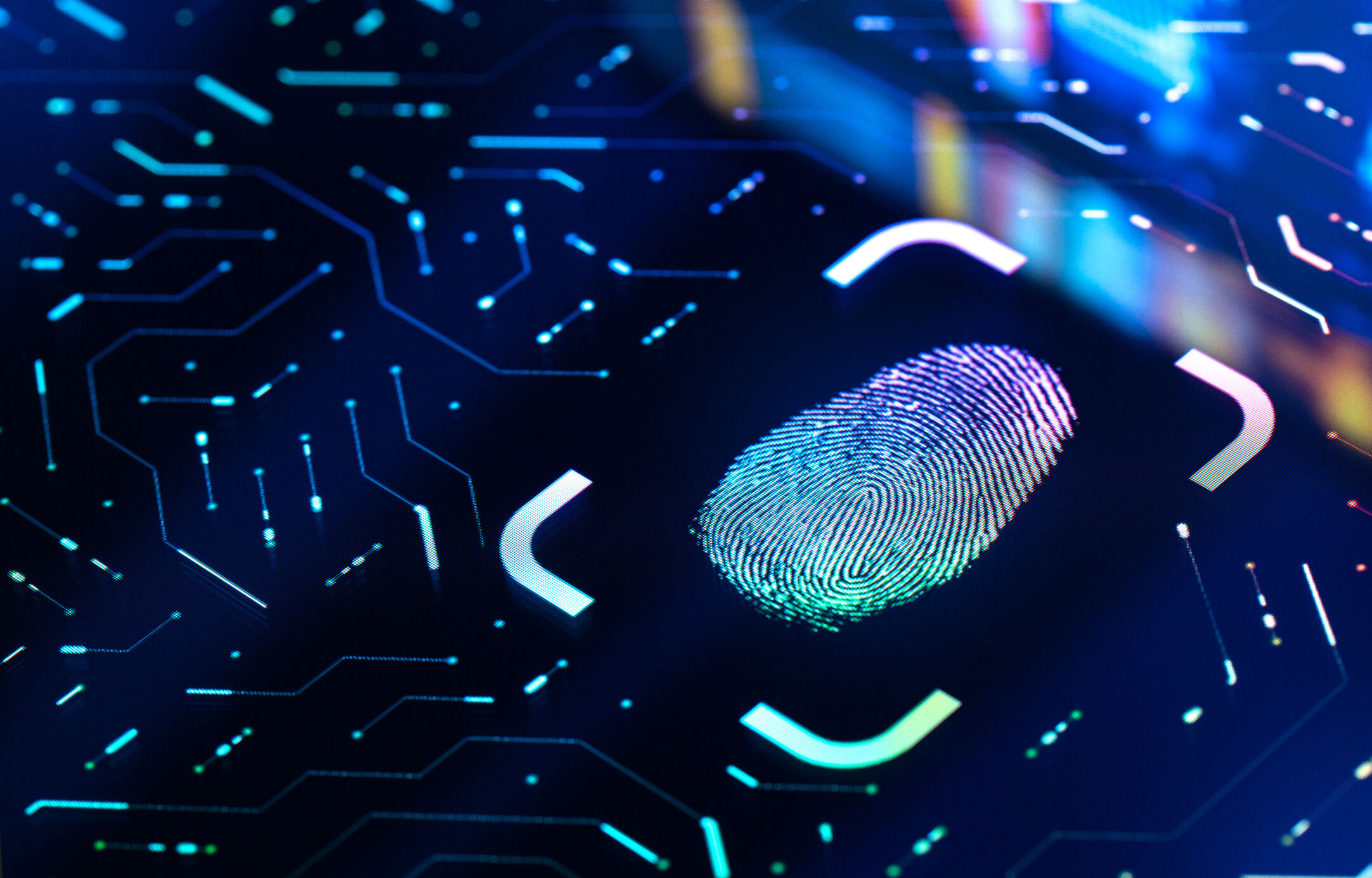Over the last decade, and arguably accelerated by the pandemic, employers have increasingly relied on new technologies to monitor, manage, and hire employees. Some of these technologies include tracking devices, keyloggers, audio recording software, and automated decision-making tools.
Federal, state, and local labor and employment rules and guidance have begun to address the accelerated employer adoption of this technology. For example, the U.S. Equal Employment Opportunity Commission (EEOC), Illinois, Maryland, and New York City have released guidance and/or regulations, that address these technologies and their potential workplace impacts.
The National Labor Relations Board (NLRB) has now joined the fray. On October 31, 2022, NLRB General Counsel (GC) Jennifer Abruzzo issued a memorandum in which she announced her “plan to urge the Board to apply the Act to protect employees, to the greatest extent possible, from intrusive or abusive electronic monitoring and automated management practices that would have a tendency to interfere with Section 7 rights.”
While recognizing that employers may have legitimate business reasons for using electronic monitoring and automated management, GC Abruzzo identified employer actions connected to the use of such technology that she perceives to be violations of existing National Labor Relations Act (NLRA) precedent, and in particular, the rights provided to employees under Section 7 of the Act (e.g., the right to “form, join, or assist labor organizations, to bargain collectively through representatives of their own choosing, and to engage in other concerted activities for the purpose of collective bargaining or other mutual aid or protection”). Notably, and despite the increasing use of technology by labor unions, GC Abruzzo identified no activities engaged in by unions that could be violations of the NLRA. Among other potential violations of the NLRA, GC Abruzzo flagged the following:
- The use of technology to obtain information concerning union activity
- Instituting new technologies in response to Section 7 activity
- Discipline for employee protests of surveillance technology or algorithmic management technology
- The use of artificial intelligence to screen job applicants if an algorithm makes or recommends decisions based on employees’ protected activity or propensity to engage in protected activity. (This derivative liability is consistent with the U.S. Department of Justice’s and EEOC’s recent joint guidance in which the agencies made clear that employers could be held liable for Americans with Disabilities Act violations tied to third-party technology.)
- Discriminatory application of “production quotas or efficiency standards to rid [employers] of union supporters”
- Failing to supply information or bargain with existing unions about tracking technologies and their use of the data they accumulate
In addition to announcing activities that are perceived by the general counsel’s office as violations of existing law, GC Abruzzo also announced that she would “urge the Board to adopt a new framework” relating to employer use of technology. Specifically, GC Abruzzo announced the following new proposed standard:
An employer has presumptively violated Section 8(a)(1) where the employer’s surveillance and management practices, viewed as a whole, would tend to interfere with or prevent a reasonable employee from engaging in activity protected by the Act.
If an employer establishes that the practices at issue are narrowly tailored to address a legitimate business need—i.e., that its need cannot be met through means less damaging to employee rights—GC Abruzzo “will urge the Board to balance the respective interests of the employer and the employees to determine whether the Act permits the employer’s practices.” Further, if the employer’s business need outweighs employees’ Section 7 rights, unless the employer demonstrates that special circumstances require covert use of the technologies, GC Abruzzo “will urge the Board to require the employer to disclose to employees the technologies it uses to monitor and manage them, its reasons for doing so, and how it is using the information it obtains. Only with that information can employees intelligently exercise their Section 7 rights and take appropriate measures to protect the confidentiality of their protected activity if they so choose.”
This proposed framework is structurally consistent with the approach suggested by GC Abruzzo to govern facially neutral work rules that may impact employee Section 7 rights. Further, the framework is consistent with the growing trend of federal and state regulation and guidance in this space to suggest or require employer notification related to employee monitoring, surveillance, and the use of automated technology.
Absent rulemaking, the proposed standard urged by GC Abruzzo does not have the force of law unless the NLRB adopts it in a published opinion. Nevertheless, it seems likely that GC Abruzzo will seek out cases involving employer use of surveillance, monitoring, and automated management technology. Indeed, GC Abruzzo announced a mandatory submission to the NLRB’s Division of Advice for “any cases involving intrusive or abusive electronic surveillance and algorithmic management that interferes with the exercise of Section 7 rights.”
Given the rapidly evolving compliance risks in this area, employers that presently use electronic monitoring or automated decision-making tools may want to assess their labor law compliance risks and consider guardrails to mitigate against potential violations.








